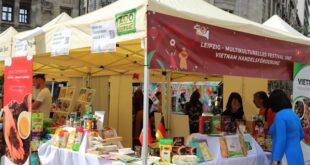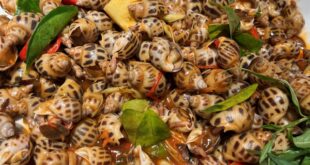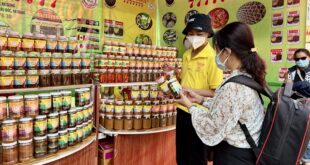Duy An
The Mông ethnic group, in Lào Cai Province’s Mường Khương District, is proud of their traditional rice cake, locally known as bánh khoải.
The cake has been passed down the generations for hundreds of years, according to 78-year-old Giàng A Chua.
The cake is made from a special rice called Séng Cù which is planted in the locality.
The group also makes the cake with glutinous rice known as Tú Lệ sticky rice. These two types of rice have their own aromatic flavour, Chua said.
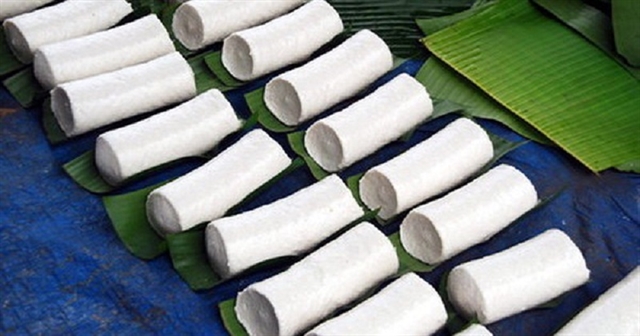
“All households in the district have a plot of land to grow the rice to make the cake. In the past, the cake was made only during Tết (Lunar new Year) holiday but now locals make it year-round,” he said.
Making bánh khoải is simple but it needs experience and strength.
The process includes soaking the rice overnight then putting it in the steamer for half an hour.
When the rice is done, it is placed in a stone mortar and ground as thin as possible. It is then rolled until it is 30cm in length and 10cm wide, Chua told Việt Nam News.
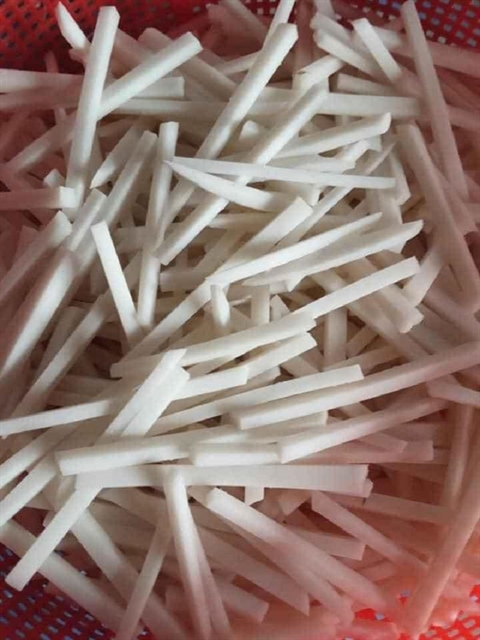
“My mother often cuts the two sides of the cake to give to her children and uses the middle of the cake to arrange on a plate and brings it to put on our altar to worship our ancestors,” said Chua.
The popular cake is one of the most important things for the Mông during the holiday, he added.
He recalled one month before the Lunar New Year, the households in Mường Khương District’s Sín Chài Hamlet often started making the cake. The village looked like a bustling workshop.
“We take turns to help each other. Usually, a group of three or five households work with each other to make the cake.The elderly are often in charge in the process, from choosing the rice, soaking, grinding and rolling the cake.”
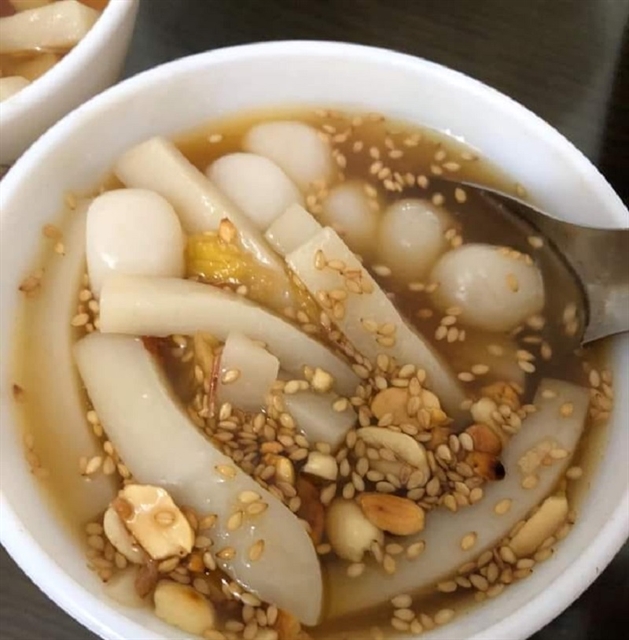
Chua recalled when he was a young man, he had to grind and roll the cake. “The work is tiring because we make up to 30 kilos of rice.”
Chua said in the past his family did not have a refrigerator so his mother often dried the cake and kept it in a big jar to eat later.
“This Tết we made 60 kilos of rice, more than usual, using a machine, to eat during the holiday and bring along to eat after work. The cake helps us stay full all day long,” Chua said.
Nowadays many residents use machines to make the cake. Although the machine-made cake is not as tasty as the handmade ones, customers often choose bánh khoải for its nutritional value compared with instant noodles available in shops and markets.
Dr Hoàng Lệ Hoa from Hà Nội said her family recently visited Mường Khương and not only enjoyed the natural landscapes and traditional festivals of the Mông and other ethnic groups but also discovered their culinary specialties.
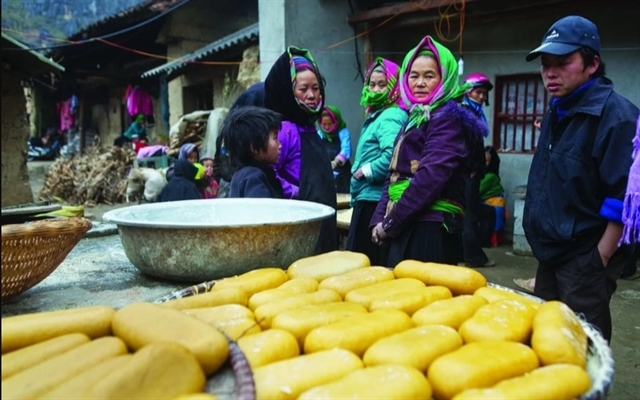
“A friend of mine invited us to try bánh khoải cooked with stewed pig bones. The dish is so tasty with the soft and fragrant cake and savoury and buttery broth. We enjoyed it so much and I decided to buy five kilos to take home,” Hoa said, adding that the cake can be used in a hotpot, grilled with chilli salt or added to sweet porridge.
A seller in Hà Nội told Việt Nam News that bánh khoải sells in the capital for between VNĐ40,000-50,000 per kilo.
“Many of my customers said they like to eat the cake hot, dipping it with a special sauce which is made by fermenting and salting black soybeans, or salted sesame or sugar. The cake is made of ordinary rice, so it doesn’t fill you up too much. It is also a popular breakfast for vegetarians,” the seller said. VnExpress News
- Reduce Hair Loss with PURA D’OR Gold Label Shampoo
- Castor Oil Has Made a “Huge” Difference With Hair and Brow Growth
- Excessive hair loss in men: Signs of illness that cannot be subjective
- Dịch Vụ SEO Website ở Los Angeles, CA: đưa trang web doanh nghiệp bạn lên top Google
- Nails Salon Sierra Madre
 VnExpress News The News Gateway of Vietnam
VnExpress News The News Gateway of Vietnam


